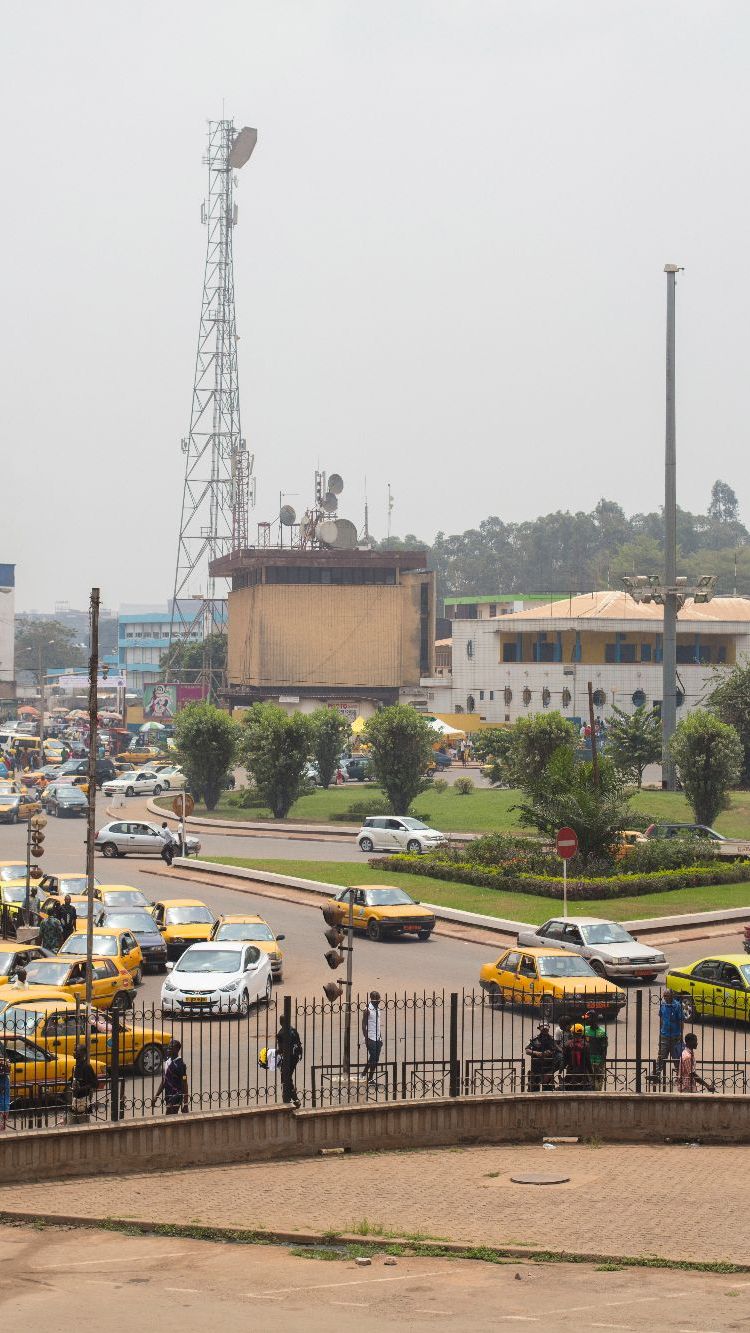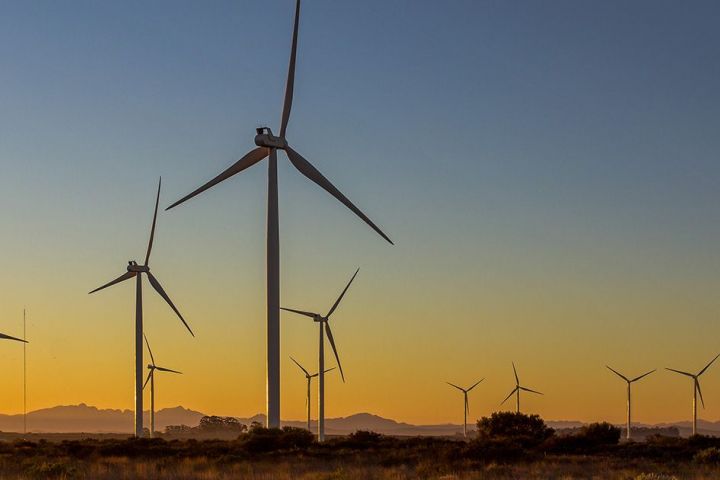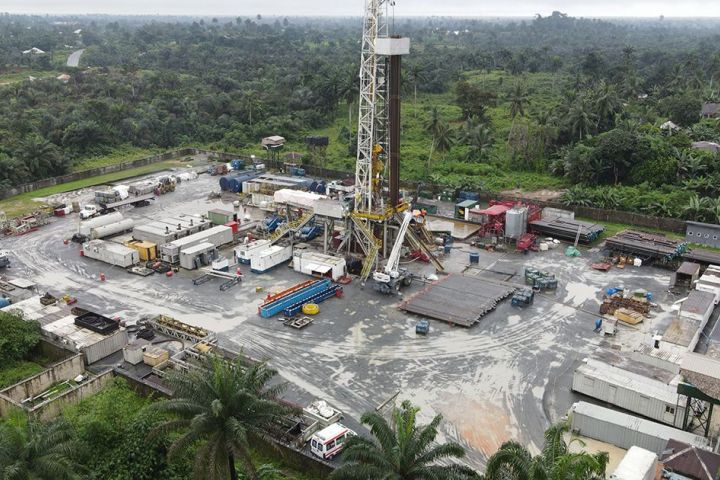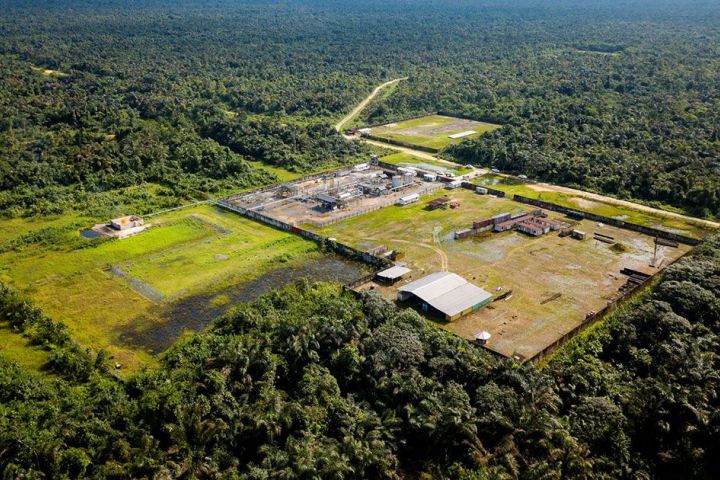Cameroon has one of the largest economies of the West-Central African countries due to its oil resources, favourable agricultural conditions, and strong service sector
Cameroon key statistics
28.6m
Population1
US$49.3bn
GDP1
4%
2022 GDP growth1
US$1,270
GDP per capita1
Cameroon is a country in West-Central Africa with its South West border along the Gulf of Guinea (Atlantic Ocean). Cameroon is divided into ten semi-autonomous regions with its capital city, Yaoundé, located in the central region of the country. Geographically, Cameroon borders Chad to the North East, the Central African Republic to the east, Equatorial Guinea, Gabon and the Republic of the Congo to the south and Nigeria to the North West.
Cameroon has a total population of approximately 27.9 million people. The Cameroonian population consists of approximately 250 ethnic groups with the Bamileke-Bamu, Beti/Bassa, Mbam and Biu-Mandara being the largest groups. The population is predominantly Christian, accounting for approximately 70% of the population’s religion. The country has 24 major African language groups, with English and French serving as the official languages. Cameroon’s industries include agriculture, aluminium, the service sector, timber and the oil industry. Oil is the country’s main export commodity, accounting for 40% of Cameroon’s exports.
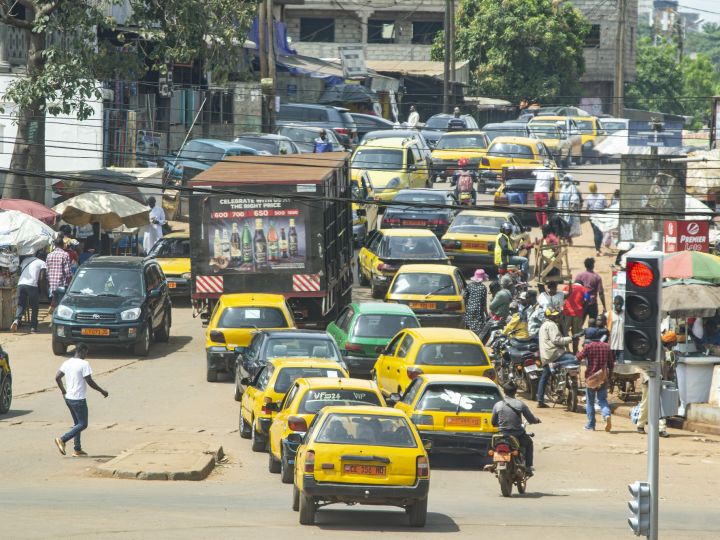
Government and political environment
In 1960, French Cameroon became the independent Republic of Cameroon, with British Cameroon voting to merge with the new country to form the Federal Republic of Cameroon in 1961. Cameroon is a member of the Economic and Monetary Community of Central Africa (“CEMAC”).
Cameroon is a unitary presidential republic whereby the President of Cameroon is both head of state and head of government, and of a multi-party system.
The legislative structure in Cameroon is made up of a parliament consisting of the Senate and the National Assembly. There are 100 seats in the Senate with 30 members appointed Cameroon by the President and 180 members of the National Assembly with all members serving a five-year term.
The country has generally enjoyed stability, which has enabled the development of agriculture, roads, and railways, as well as a thriving petroleum industry.
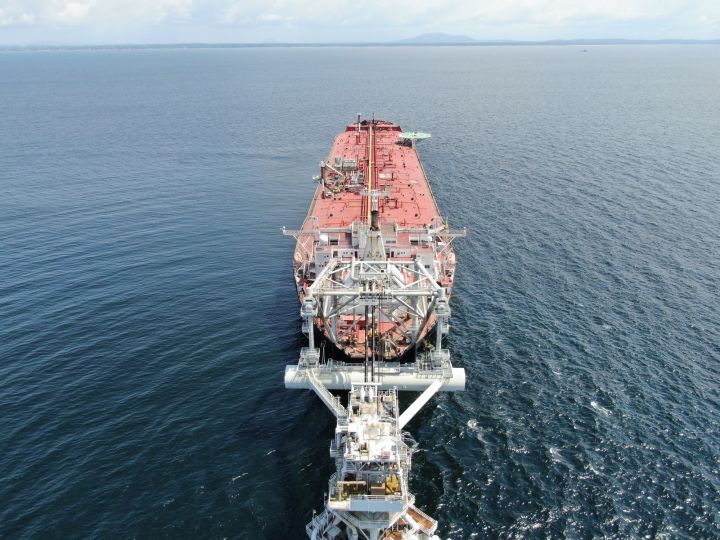
Economy
Cameroon has one of the largest economies of the West-Central African states due to its oil resources, which accounts for approximately 40% of export earnings. The commodity and service sectors contribute to more than 15% and 51% of GDP, respectively.
Over the last decade, Cameroon’s GDP has grown at an average rate of 4% per annum. Since the late 1980s, Cameroon has been following programmes advocated by the World Bank and IMF to reduce poverty, privatise industries and increase economic growth.
1. Source: IMF Datamapper, 2023.
